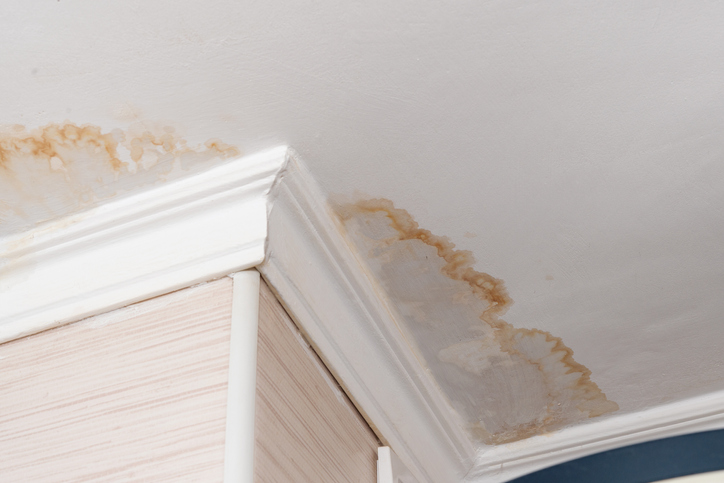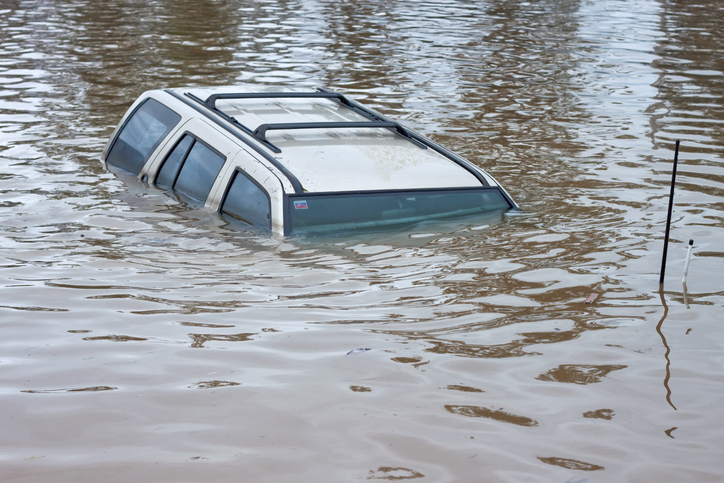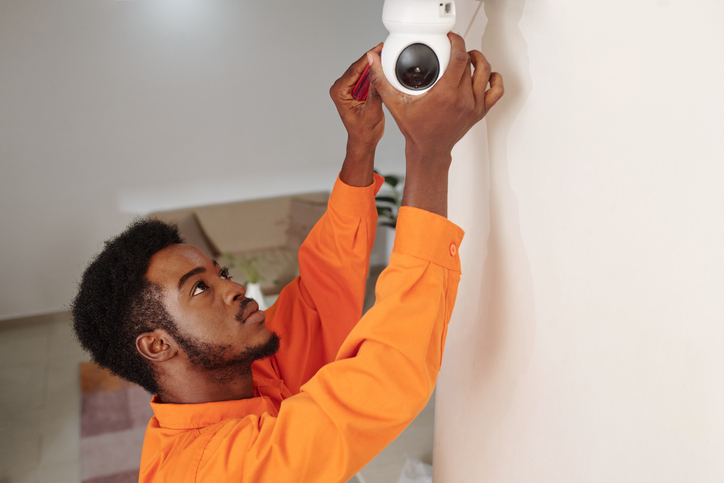You’re spending an afternoon at work, hopping from one meeting to the next and going about your day when, with little-to-no notice, a tornado rips through town. Or maybe the ground starts to shake, causing buildings to crack and crumble. Mother nature can unleash her wrath without a care for your or anyone’s daily schedule, but are you prepared for it?
In the decade following 2006, nearly 250 million Americans were affected by some form of natural disaster, resulting in 70,000 deaths every year. Let’s take a look at the kinds of disasters that may affect your area, how you can react to them, and how you can help those who have been affected.

What Types Of Disasters May Affect Your Area?
Depending on where you live in the United States, different types of disasters can affect your area. For instance, tornadoes are less likely to strike certain parts of the country, and hurricanes aren’t likely to ever reach states like Montana and Idaho. That doesn’t mean that you are free from risk from adverse weather. Many disasters can be interconnected, too.
Here are the types of disasters that can affect your area:
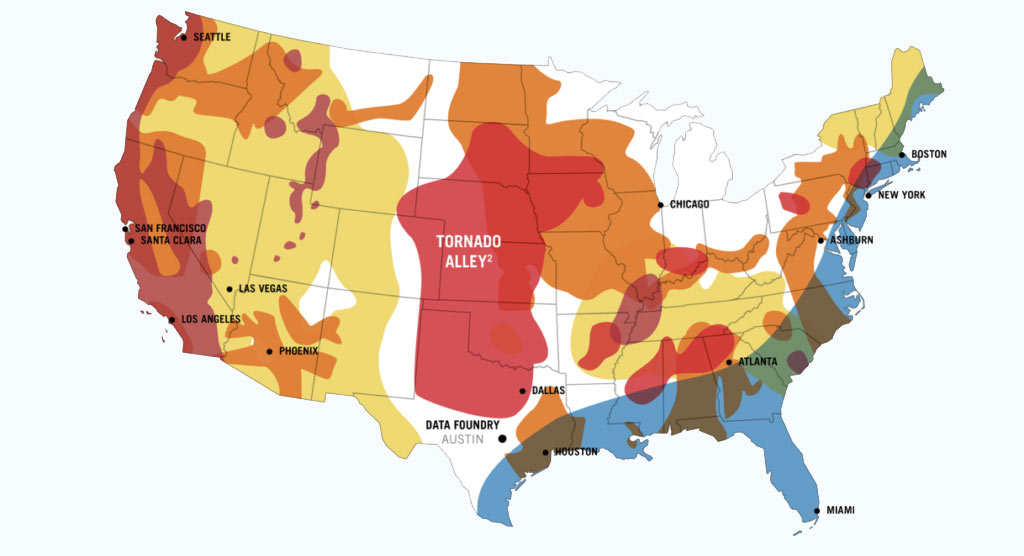
 Hurricanes
Hurricanes
 Tornadoes
Tornadoes
 Floods
Floods
 Earthquakes & Tsunamis
Earthquakes & Tsunamis
70,000
Deaths Every Year From Natural Disasters
250
Million Americans Were Affected
600
People Die Every Year Due To Extreme Heat
150
Active Volcanoes In The United States
Initial Reactions
Earthquakes
If the ground begins to shake, get away from bookshelves and furniture hanging on the wall that can fall and hurt you. While the safest place to be is outside on flat ground and away from large buildings, if the ground shakes while you’re indoor, you should drop to the ground, find a desk or table to hide under, and hold on until the shaking stops.
Tornadoes
The safest place to be during a tornado is inside or in a shelter. If you are outside or in a car, get inside as quickly as possible. Once inside, you should find a room without windows on the lowest floor. If you can’t find a room without windows, get to the center of the room. Crouch down on your knees, put your face toward the floor, and protect your neck.
Mudslides
If you see a mudslide coming down a hill, evacuate immediately and inform local authorities. A mudslide often causes trees to break and heavier rocks to move and crash into each other, so be alert for those sounds, especially after a heavy rain. If in a car and a mudslide is happening, watch out for large masses of debris crossing roads or breaking pavement and bridges.
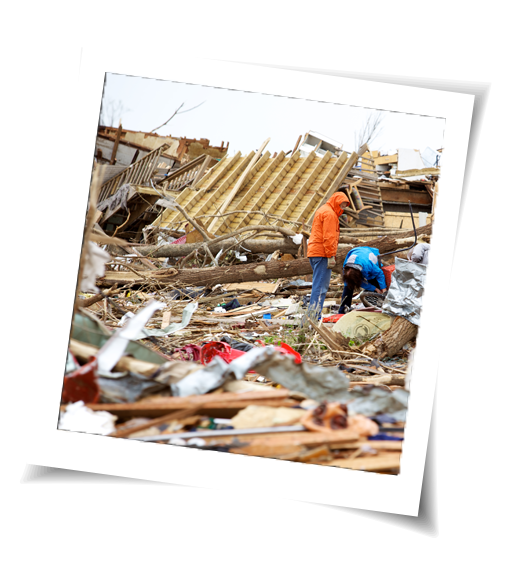
How To Prepare For A Natural Disaster
When a disaster is imminent or arrives on little to notice, there’s no excuse for not being prepared. No matter where you live, it’s important you know which types of disasters can hit your area and how you should prepare for them. The following are general steps anyone facing natural disasters should follow in the event your area is affected:
Get An Emergency Preparation Kit
In the event of a disaster, you should have an emergency kit ready so you can pick it up and leave as quickly as possible, yet still have all the essentials you need to identify yourself and survive until you can reach safety. These essentials can include:
• A spare set of keys for your car and house
• A sealed encasing to hold important documents (copy of your house deed and identification)
• Cash (ATMs may be down or out of money)
• Flashlights and batteries
• Any important medications
• A thermal blanket
• Sanitation items like a toothbrush, toothpaste, and deodorant
• A small, portable First-Aid kit
• Pictures (whether hard copies or on your phone) of the pre-disaster condition of your house, inside and out, so if you need to file insurance claims, you have evidence of what you lost
Emergency kits should be able to fit in something you can easily carry around, like a backpack or a satchel. If there are multiple people in your family, you may need to have more than one bag to fit items for everyone. It’s also wise to keep certain items like jumper cables, more flashlights, and a tool kit in your car just in case you have to leave home. (If you choose to keep extra gasoline around, leave it in the garage and outside of your car for as long as possible, as the fumes can be harmful.)
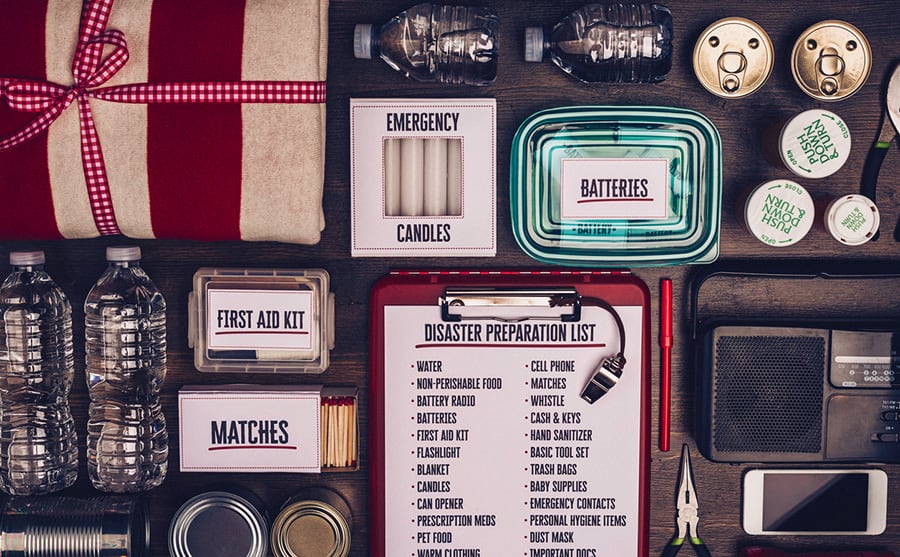
Have An Evacuation Plan
Knowing how you’ll get out of an area affected by a natural disaster is a vital step in being prepared. Arrange with family outside the disaster area, but make sure they’re close enough that you can get to them quickly, and plan to get to them in the event of a disaster. If you don’t have any immediate family or friends you can get to, you still need to find safety. If you’re leaving your city, plan multiple routes out of town, as certain roadways can be shut down or clogged with traffic as thousands of others try to escape. Cities should have designated evacuation routes that can handle large amounts of traffic, if all other planned routes fail.
You should also know where the nearest shelters are just in case you don’t have the mobility or the time to get far away from the disaster area. The American Red Cross has sponsored shelters all around the country, and you can find a list of those here. Your local government should also have designated shelter areas (schools, community recreation centers, etc.) you can go to during or after a disaster while professionals make the area safe again. Contact your local government to find out where these are. Practice driving the routes getting out of town or to a shelter so when you do need to get to these places, they’re familiar locations.
Stay Informed
Before and during the disaster, it’s important that you stay informed about the situation at hand, especially if you have to leave your home. This is where you emergency kit comes in handy. Have a solar-powered or battery-powered radio on hand to tune into emergency radio stations that let you know which parts of the city are open, closed, or still being affected by the disaster. Also make sure your phone is fully charged—and maybe have a backup available—so you can search the Internet and make calls, if cell towers are still working.
Before the disaster, it’s equally important to stay informed—if you have time. With events like hurricanes, blizzards, and tsunamis, you typically have at least 24 to 48 hours warning that an event is coming. Stay alert to news stations and updates from official government agencies to find out if you should evacuate or if it’s safe to stay in the area. Stay in touch with the community, and help out anyone who may need special assistance.
What Happens When Disaster Strikes?
When a disaster hits your area, your main goal should be staying safe. Following the aforementioned steps should help you react more calmly and decisively in the event of a disaster, giving you all the essential steps and items you need to get to safety.
With events like hurricanes and blizzards, we understand you have time to leave the area and get to a safe spot, or you may even be able to wait the event out in your house. But when sudden disasters like tornadoes, mudslides, and earthquakes hit, there are initial reactions you should follow to maximize your safety efforts. These can include:
• Earthquakes: If the ground begins to shake, get away from bookshelves and furniture hanging on the wall that can fall and hurt you. While the safest place to be is outside on flat ground and away from large buildings, if the ground shakes while you’re indoor, you should drop to the ground, find a desk or table to hide under, and hold on until the shaking stops.
• Tornadoes: The safest place to be during a tornado is inside or in a shelter. If you are outside or in a car, get inside as quickly as possible. Once inside, you should find a room without windows on the lowest floor. If you can’t find a room without windows, get to the center of the room. Crouch down on your knees, put your face toward the floor, and protect your neck.
• Mudslides: If you see a mudslide coming down a hill, evacuate immediately and inform local authorities. A mudslide often causes trees to break and heavier rocks to move and crash into each other, so be alert for those sounds, especially after a heavy rain. If in a car and a mudslide is happening, watch out for large masses of debris crossing roads or breaking pavement and bridges.

After disaster has come and gone, how can you get the help you need?
Who Can Help In The Event Of A Disaster?
Before, during, and after a disaster, there are government agencies and non-profit organizations that should have your interests at the forefront. These agencies include:
• American Red Cross: Founded in the 19th century, the American Red Cross has helped assist emergency and crisis situations like hurricanes and home fires around the country for nearly 150 years. The foundation’s website says that 91 cents of every dollar spent by the agency, which relies heavily on donations and volunteers, gets put toward “humanitarian services and programs.” These include things like shelters, blood drives, temporary hospitals, and food donors.
• FEMA: The Federal Emergency Management Agency is a government-funded agency that assists areas affected by disaster by offering temporary residency, helping with clean-up efforts, and providing food and water to areas in need. They typically enter an area affected by a disaster, help get the ball rolling with emergency efforts, then move onto the next disaster area. In addition to being managed at the federal level, each state has an emergency management agency, and you can find out how to contact those here.
• Feeding America: While Feeding America’s main goal is to end hunger and food insecurity around the United States, they also take part in recovery efforts following disasters. By utilizing their connections with partners and volunteers around the country, they help bring non-perishable and healthy food to areas that need it once disaster strikes.
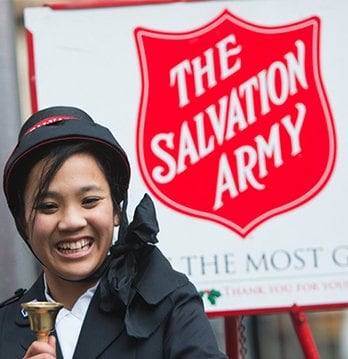
• The Salvation Army: An extension of the Christian church, this humanitarian organization claims they assist 25 million Americans every year, some of whom are helped after disasters when items like food and clothing are donated to affected areas.
• Local religious organizations: Many religious groups and organizations in your community like churches, temples, and mosques will lend a helping hand in any way they can following a disaster, whether it’s providing shelter, helping feed those displaced, lending an ear to help you through a tough time, or other services.
• Local police, firefighters, and government officials: These are the people on the front lines immediately following—and sometimes during—a disaster, saving people from homes, clearing roadways to help people get out or come back home, and assessing immediate damage done. Policemen, firefighters, and other local government officials are trained to prepare for events like these, so don’t hesitate to call 911—someone will be on the other end to let you know how soon you can be saved, and when they will be there to help.
How Can You Help Others?
While the government and other agencies certainly do their due diligence during and after disasters, it takes a community to help repair and recover. Again, safety should be your number-one priority, but once you, your family, and living situation are secure, you can volunteer to help people in your area get the help they need while also helping prepare for future disasters.
Some actions you can take to get involved include:
• Volunteer with organizations: Organizations like FEMA, Red Cross, and other local agencies are always looking for extra help around the communities they enter on a moment’s notice. You can visit the FEMA website and the Red Cross website to see how you can volunteer in your area, or in other areas that have been affected by a disaster. You can also find smaller organizations like religious institutions or non-profits that seek to help with humanitarian efforts.
• Donate: Not everyone can offer hands-on help, and that is understandable. If you live in North Dakota, how are you going to help the millions of Americans affected by hurricanes? One way is through donations, like money, food, and water. Head to the aforementioned organizations’ websites to donate there, or research organizations in the area affected to find one that is tailored to something specific.
• Get involved with community preparing: A big step in having as smooth of a response effort as possible is being prepared in case a disaster does occur. Get involved with local government and help ensure that your area has a plan and that funds are allocated to help in the event of a disaster. Encourage the development of education and training programs that make sure citizens and officials are all informed and on the same page.
• Keep others informed: Be talkative within your community with response efforts. Not everyone has the same means of communications, so make sure you share important information in discussions before and after disasters. The elderly couple next door may not know how to get out of their home beforehand, and the single mother of three may not be up-to-date on disaster efforts and where she can get food for her kids. Communication is key during disaster, so make sure it never stops.
Disasters are dangerous, potentially life-altering events that can strike at any time. Don’t hesitate to contact local officials to find out how to get the necessary help before, during, and after.


